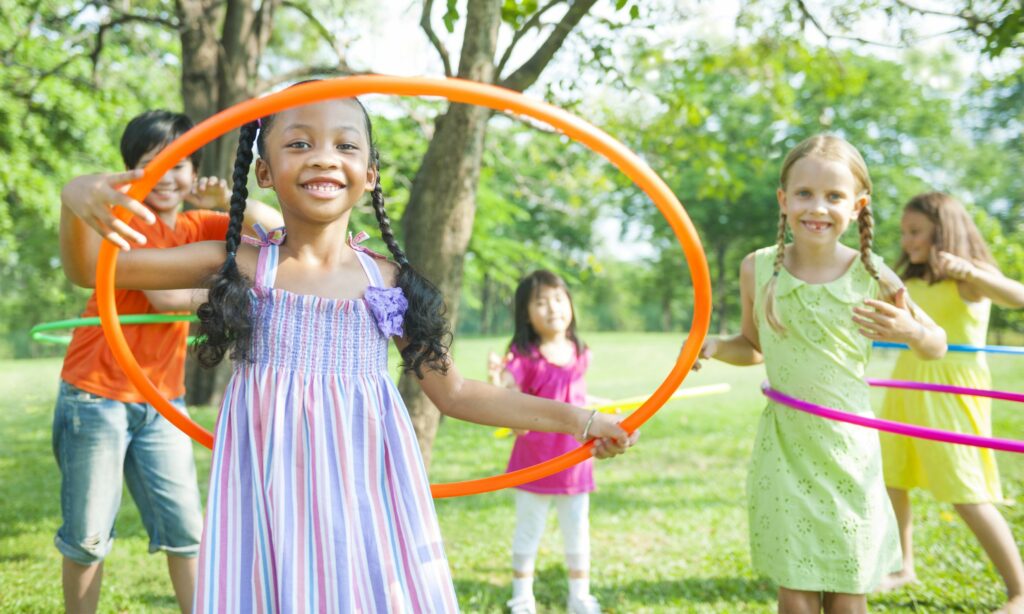Students’ heart health
Students who spend more time at school with longer recess breaks have higher cardiorespiratory fitness than students who have shorter school days, according to new research. This finding suggests that schools are important settings for the development of long-term fitness and heart health, and that recess is a critical part of the school day!
P.R.A.I.S.E.
P.R.A.I.S.E. is a tool to help teachers remember the key ingredients for making physical education experiences meaningful and motivational for high school students. The acronym stands for perceived competence, relatedness, autonomy, individuality, social support and enjoyment. Teachers can use these constructs to help increase students’ motivation to participate in physical activity.
Why teens might not report a concussion
High-school students experience the highest rates of concussion among all children and youth, but many concussions go unreported. Common reasons why teens might not report a concussion include a lack of knowledge, thinking it won’t make a difference, believing their friends will treat them differently and a lack of self-efficacy.
How 2 sports came together to enhance player development in the North

From February 23 to April 4, 2021, in Hay River, Northwest Territories, 7 minor hockey goalies traded in their hockey sticks for table tennis rackets. In an exciting collaboration between Table Tennis North, Table Tennis Canada, Hockey NWT, Hockey North, Hay River Minor Hockey and the Sport Information Resource Centre (SIRC), the goalies participated in a 6‑week table…
Children and youth with autism spectrum disorder
For community sport and recreation programs to be inclusive, they need to be built to support the participation of children and youth on the autism spectrum disorder (ASD). For this reason, researchers from the Canadian Disability Participation Project partnered with Ausome Ottawa to create A Blueprint for Building Quality Participation in Sport for Children and…
Parents in Sport Week
Parents in Sport Week (October 4th to 10th) is an opportunity to celebrate the parents and guardians that support youth sport participation. Parents invest significant amounts of time and money in their kids’ sport participation. But while parents of adolescent athletes report more time pressure and life stress than non-sport parents, they also report less…
You-CAN: Peers help youth athletes with concussions through education and social support

Highlights The number of concussions reported among Canadian youth has increased annually by 10.3% between 2004 and 2015. Many concussions go unreported by youth due to their lack of knowledge, thinking it won’t make a difference, believing their friends will treat them differently and a lack of self-efficacy. Improved concussion reporting and health outcomes may happen by understanding that social networks strongly influenced youth, exploring new ways of enabling youth to help each other learn about concussion and supporting recovery after…
Active transportation
Walking or biking to school is an easy way for kids to get active, but active transportation to school has been declining as car use becomes more prevalent. A recent Canadian study found that strategies to get more kids walking or biking to school, such as the presence of crossing guards or cycling infrastructure, are…
School-day exercise
Students in their final years of high school often experience stress, academic pressure, and decreased levels of physical activity. Research shows that brief high-intensity exercise during the school-day, for as little as eight minutes, improves memory, fitness, and stress levels for teens.
The True Sport Experience: Bringing physical and ethical literacy to life in and out of the classroom

Physical and health education teachers and coaches are experts at helping kids learn new skills. By patiently walking students through each learning step, they build the blocks of learners’ physical literacy. However, sport and recreation experiences aren’t built on physical skills alone. Instead, the experiences are wrapped in life lessons, personal growth and a few…